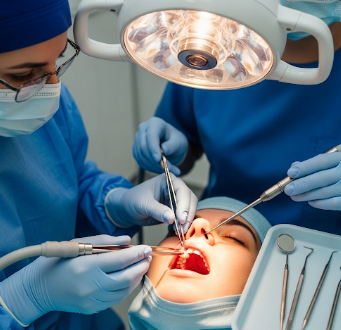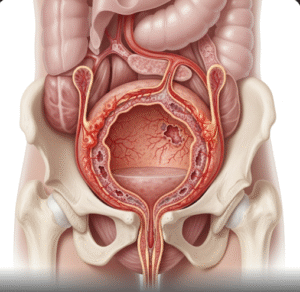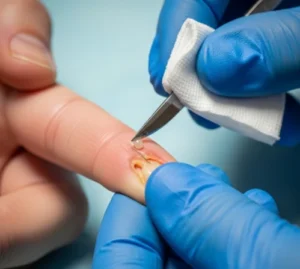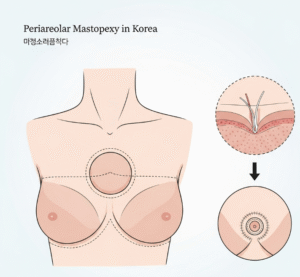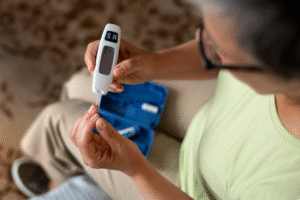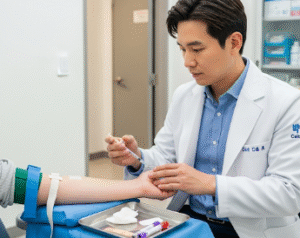What it is
Wisdom tooth removal, also called third molar extraction, is a dental procedure to remove one or more of the four permanent wisdom teeth that usually appear between the ages of 17 and 25.
➡ Key facts:
- ✔ Performed when teeth are impacted, misaligned, or causing pain
- ✔ Can be done under local anesthesia, sedation, or general anesthesia depending on complexity
- ✔ May involve simple extraction or surgical removal if teeth are impacted
- ✔ Available in dental clinics, oral surgery centers, and hospitals across Korea
💡 Wisdom tooth removal is common, safe, and effective, preventing complications like infection, crowding, or damage to adjacent teeth.
Why it’s done
Wisdom teeth are removed for:
➤ Impaction → Teeth fail to erupt properly
➤ Pain or discomfort → Caused by pressure on adjacent teeth
➤ Infection or gum disease → Pericoronitis around partially erupted teeth
➤ Cavities → Difficult to clean areas prone to decay
➤ Orthodontic reasons → Prevent crowding after braces
➤ Cysts or tumors → Rare but possible around unerupted teeth
⚠ Early removal prevents long-term dental issues and reduces the risk of complex surgical intervention later.
Alternatives / Complementary Measures
Other approaches before opting for extraction include:
✔ Observation → If teeth are asymptomatic and properly aligned
✔ Pain management → Analgesics and anti-inflammatory medications
✔ Antibiotics → For infection prior to or after extraction
✔ Orthodontic adjustments → Rarely to create space for eruption
⚠ Extraction is often recommended if there is risk of future complications, as asymptomatic wisdom teeth may later cause issues.
Preparation
Before wisdom tooth removal in Korea:
🔹 Dental consultation → X-rays or panoramic imaging to evaluate tooth position
🔹 Medical history review → Blood disorders, heart conditions, medications
🔹 Fasting instructions → Required if sedation or general anesthesia is planned
🔹 Medication adjustment → Blood thinners may need temporary discontinuation
🔹 Post-procedure planning → Arrange transportation if sedated and plan soft diet
💡 Korean dental clinics provide comprehensive preoperative evaluation and guidance, ensuring safe and effective removal.
How it’s done
➡ Step-by-step procedure:
- Anesthesia → Local, sedation, or general anesthesia administered
- Incision (if needed) → Gum flap created for impacted teeth
- Bone removal (if needed) → Part of surrounding bone removed to access tooth
- Tooth extraction → Sectioning of tooth if necessary, then removal
- Suturing → Gum stitched if incision made
- Postoperative care → Ice packs, pain medication, and dietary instructions
💡 Most extractions are completed within 30–60 minutes, depending on complexity.
Effectiveness & Success Rate
✔ Highly effective → Resolves pain, prevents infection, and reduces crowding
✔ Complication rates are low → When performed by experienced dental surgeons
✔ Rapid relief → Pain and discomfort usually decrease within a few days
✔ Long-term oral health benefit → Protects adjacent teeth and gum health
💡 Korean oral surgeons follow international protocols and sterile techniques, ensuring successful outcomes.
Recovery / Expected Outcomes
✔ Immediate recovery → Minor bleeding, swelling, or discomfort for a few days
✔ Pain management → Analgesics and anti-inflammatory medications recommended
✔ Diet → Soft foods for 3–5 days, avoiding hot or hard foods
✔ Oral hygiene → Gentle rinsing, avoid vigorous brushing near extraction site
✔ Follow-up → Check for healing, infection, or stitch removal if required
💡 Full recovery typically occurs within 1–2 weeks, and patients often return to normal activities within a few days.
Complications / Risks
⚠ Potential risks include:
➡ Common short-term complications:
- Swelling, bruising, or mild bleeding
- Pain and difficulty opening the mouth (trismus)
➡ Rare complications:
- Infection at the extraction site
- Dry socket (alveolar osteitis)
- Nerve injury → Numbness or tingling in lower lip, chin, or tongue
- Sinus exposure (upper teeth removal)
💡 Korean clinics provide postoperative instructions, emergency contact, and follow-up care to minimize complications.
Treatment Options in Korea (Post-Extraction Care)
🔹 Pain management → Prescription or over-the-counter analgesics
🔹 Antibiotics → If infection risk is high or present
🔹 Diet modification → Soft, cool foods for comfort
🔹 Oral hygiene guidance → Saltwater rinses, gentle brushing
🔹 Follow-up visits → Monitor healing and stitch removal if needed
💡 Korean oral surgery centers ensure safe, effective post-extraction care, promoting rapid healing and comfort.
Top Hospitals & Clinics in Korea for Wisdom Tooth Removal
🏥 Seoul National University Dental Hospital – Specialized oral surgery and comprehensive care
🏥 Asan Medical Center Dental Clinic (Seoul) – Expertise in surgical extractions and sedation
🏥 Samsung Medical Center Dental Department – Advanced techniques and patient monitoring
🏥 Yonsei Severance Dental Hospital – Preoperative assessment and postoperative support
🏥 Private dental clinics nationwide – Accessible services with experienced oral surgeons
Conclusion
Wisdom tooth removal in Korea is a safe, routine, and highly effective dental procedure for managing impacted, misaligned, or problematic third molars.
✔ Resolves pain, prevents infection, and protects oral health
✔ Minimally invasive with rapid recovery and effective pain control
✔ Low complication rates when performed by skilled surgeons
✔ Korean hospitals and clinics provide expert evaluation, modern surgical techniques, and comprehensive follow-up care
By combining advanced surgical methods, professional care, and structured postoperative management, Korea ensures optimal outcomes, patient comfort, and long-term oral health.

